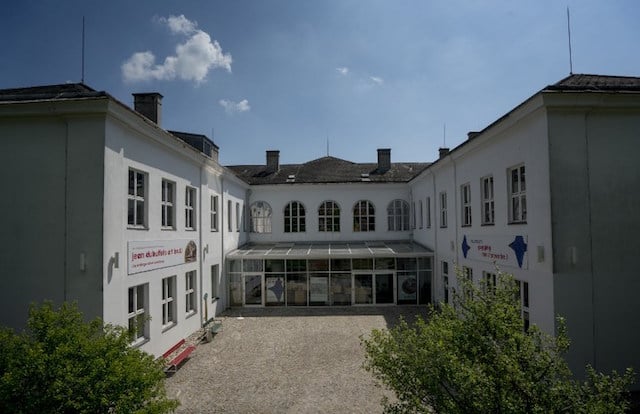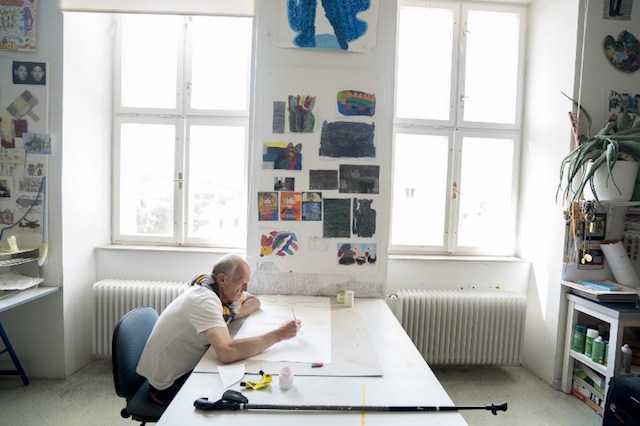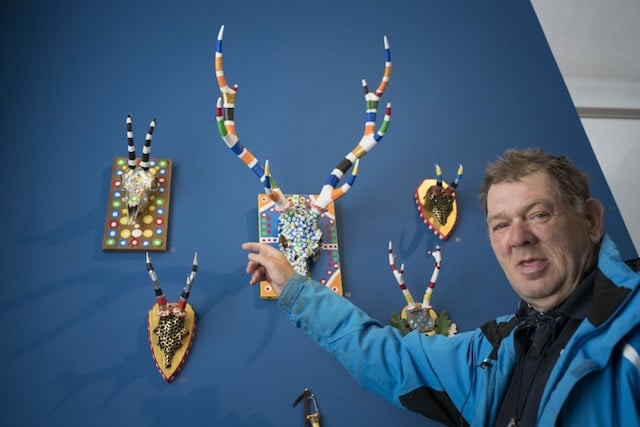
The Art Brut Centre Gugging. Photo: Joe Klamar/AFP

Karl Vondal working on a painting. Photo: Joe Klamar/AFP

Artist Johann Garber shows his creations. Photo: Joe Klamar/AFP
Nestled in the hills of Austria sits Gugging, an artists' colony with a difference where the worlds of psychiatry and art collide -- with spectacular success.



